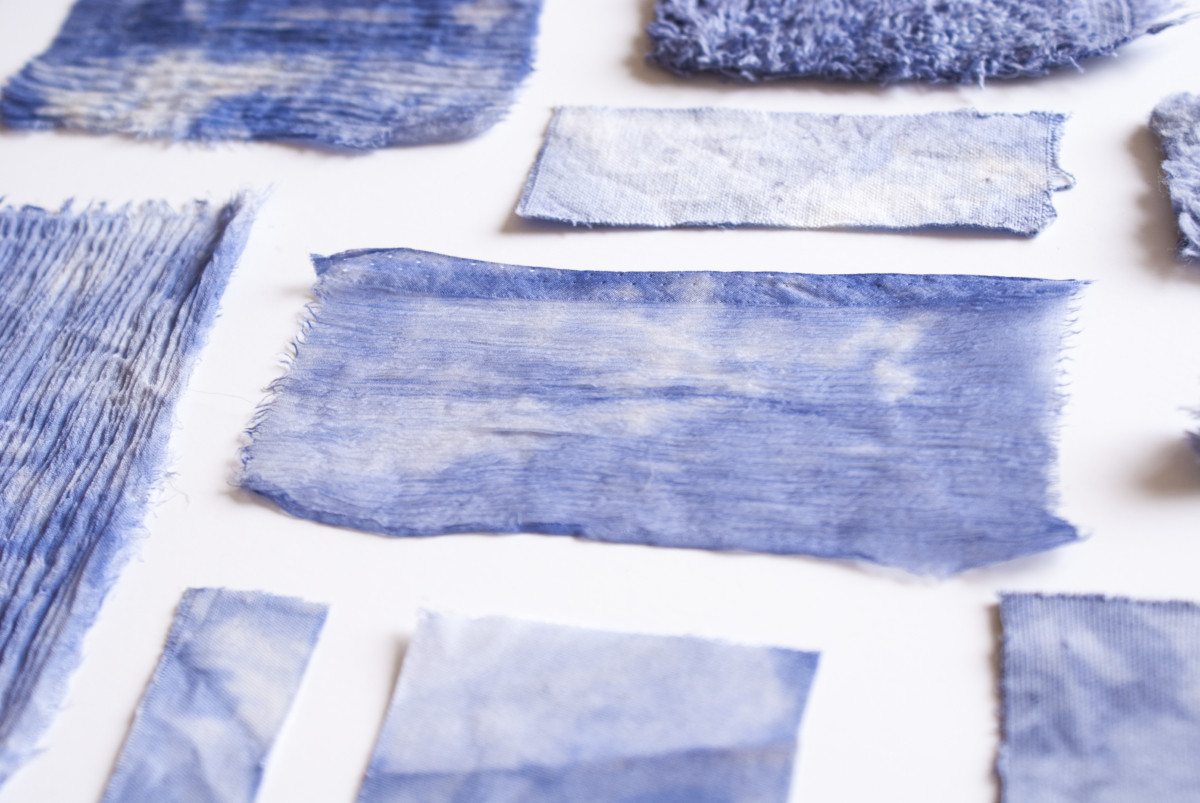
As part of a biodesign research project called Living Colour, fashion and textile designer Laura Luchtman and Ilfa Seibenhaar are exploring the capabilities of bacteria as a textile dye.
Initially meeting each other while attending the Textile Academy in Amsterdam, the two designers are said to have bonded out of a mutual interest in bacteria pigment, sustainability, and the desire to seek an alternative for artificial textile dyes.
According to a report by Natural Science, the textile dyeing and finishing industry are “one of the most chemically intensive industries on earth, and the No. 1 polluter of clean water”. By furthering research on bacteria pigments which require no toxic chemicals, treatments and fixing agents, the designers hope to eventually replace artificial textile dyes by scaling the bacterial dyeing process and creating a “new natural colour palette”.

Biodyeing textiles by either enabling bacteria to grow directly onto the textile and or using a cold dye bath made from pigment extract, the process of creating dye from bacteria and dyeing the textile is said to take three days.

Forming the Living Colour project, the designers began researching how to optimally use bacteria for natural textile dyeing and in a collaboration with sound engineer Eduard van Dommelen, discovered that bacteria subjected to sound frequencies resulted in a higher textile colour saturation, as opposed to textiles that were dyed without sound.

“As designers we want to bring beauty to the world. Not only aesthetically but also socially and responsibly,” said Laura Luchtman and Ilfa Siebenhaar in a statement. “Our work field, the fashion and textile industry, is the 2nd most polluting industry worldwide. We want to contribute to a new system, one that treats the planet and its inhabitants with respect and care.”
To learn more about Living Colour, click the link below.





